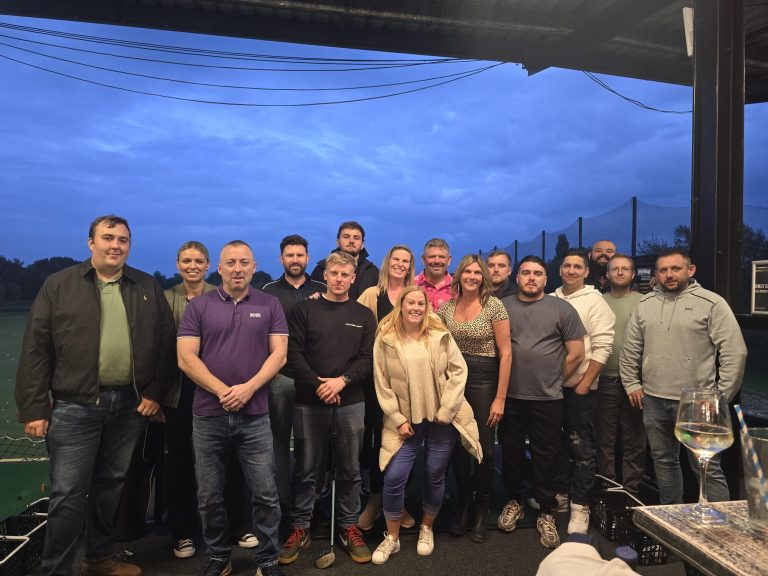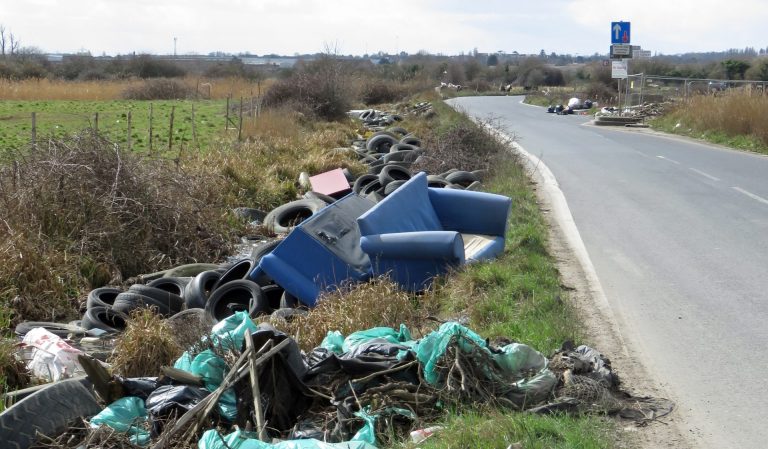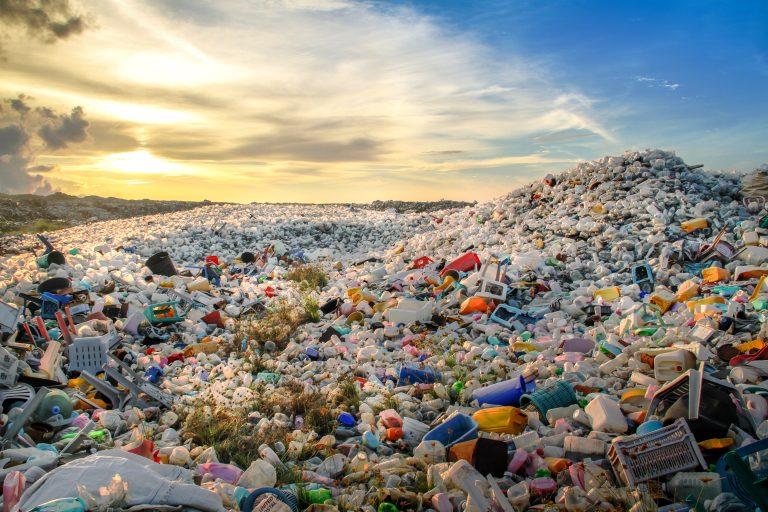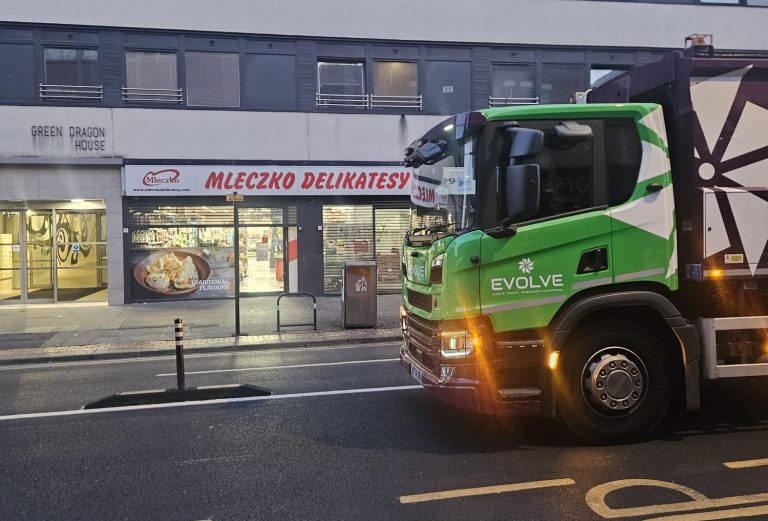Waste-to-Energy: How Does it Work?
In our quest for sustainable waste management solutions, one technology stands out as both innovative and practical: waste to energy (WTE). This process transforms the materials we throw away into electricity and heat, offering a dual benefit of reducing landfill waste while generating clean energy. But how exactly does this remarkable process work, and what makes it such a valuable component of modern waste management?
What is Waste-to-Energy or Energy-from Waste(WTE/EFW)?
Waste-to-Energy is a process that transforms non-recyclable waste into usable energy, typically electricity or heat. While burning waste is the most common method used in WTE, other technologies also exist, each with unique benefits and challenges.
How Does Waste-to-Energy Work?
At the heart of WTE is the conversion of waste into energy using various methods:
- Incineration: This is the most common WTE method. Waste is burned at high temperatures, generating heat. The heat produces steam that drives turbines to generate electricity or provides district heating. Incineration reduces waste volume by up to 90%, making it effective for waste management.
- Gasification: In this method, waste is heated in a low-oxygen environment, producing synthetic gas (syngas). The syngas can be used for electricity generation or further processed into chemicals and fuels. Gasification has the advantage of fewer pollutants and more control over emissions compared to incineration.
- Pyrolysis: Similar to gasification, pyrolysis involves heating waste without oxygen, breaking down materials into liquid oil, gas, and solid residue. The oil can be refined into biofuels, and the gas can generate power. Pyrolysis can produce higher-value products than traditional incineration.
- Anaerobic Digestion: This method uses bacteria to break down organic waste, such as food scraps, in the absence of oxygen. The process generates biogas (mainly methane), which can be used for electricity or heat. Anaerobic digestion is particularly effective for food and agricultural waste.

Types of Waste Used in Waste-to-Energy
WTE processes can handle a range of waste types, including:
- Municipal Solid Waste (MSW): Household and commercial waste like food scraps, paper and plastics.
- Industrial Waste: Materials like metals, plastics and chemicals from manufacturing processes.
- Agricultural Waste: Organic waste such as crop residues and manure.
- Sewage Sludge: Solid material left after wastewater treatment.
It’s important to note that not all waste is suitable for WTE. Metals, hazardous chemicals and certain plastics may not convert efficiently or may release harmful emissions when burned. Proper waste sorting is essential for WTE’s effectiveness.
The Benefits of Waste-to-Energy
- Waste Reduction: WTE helps divert non-recyclable waste from landfills, reducing landfill use and methane emissions. This is vital for managing global waste effectively.
- Energy Generation: WTE facilities generate electricity and heat, reducing reliance on fossil fuels and enhancing energy security. Some plants can even feed excess electricity back into the grid, supporting renewable energy supplies.
- Carbon Emissions Reduction: By reducing landfill methane and replacing fossil fuels with WTE-generated energy, carbon emissions are lowered. Methods like gasification and anaerobic digestion produce fewer pollutants than traditional incineration.
- Resource Recovery: WTE technologies, especially gasification and pyrolysis, recover valuable materials like metals and ash that can be reused. Additionally, biofuels from organic waste can replace petroleum-based fuels.
The Future of Waste-to-Energy
As communities worldwide grapple with increasing waste generation and growing energy needs, waste to energy technology offers a practical solution that addresses both challenges simultaneously. The technology continues to evolve, with researchers developing even more efficient and environmentally friendly processes.
At Evolve Waste Solutions, we understand that effective waste management requires innovative thinking and proven technologies. Waste to energy represents one of the most promising approaches to creating a more sustainable future – one where our waste becomes a valuable resource rather than a burden on the environment.
The transformation of waste into energy exemplifies the circular economy principles that guide sustainable development. By viewing waste as a resource rather than a problem, we can build more resilient communities while protecting the environment for future generations.














